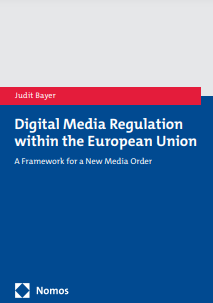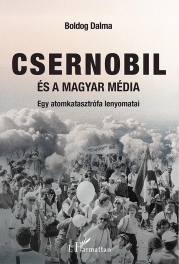Keyword – László Cholnoky
Wirágh, András:
Wirágh, András:
Meshlike Hungarian literature at the fin-de-siècle
The lithographs (practically printed news suppliers or news-agencies) Általános Tudósító (General Reporter) and Munkatárs (Colleague), founded by Gyula Leopold in 1896 and 1902, respectively, were not sold to ordinary readers; only rural editorial newsrooms could subscribe. These special newspapers always contained (and distributed) literature. Feuilletons of certain authors were published in hundreds of rural newspapers, owing to Leopold’s great business idea and to the scarcity of texts, albeit editors and even typesetters could and did modify the texts. Leopold’s distribution networks may have taken charge of literary content of approx. 200 rural newspapers at the end of the first decade of the 20th century. Economic considerations (i. e. advertising) slowly overran aesthetic tasks (i. e. publishing A-category texts), hence the literature distributed by Munkatárs had a much smaller network than Általános Tudósító. This paper provides an insight into the connection between rural newsrooms and Leopold’s text-agencies as well as into the circumstances of distribution through an analysis of publication patterns of mass-distributed short stories.
Keywords: fin-de-siècle, republication, text-distribution network, literary agency, Gyula Leopold, László Cholnoky, István Szomaházy, unstable text, automatic distribution, rural press
Meshlike Hungarian literature at the fin-de-siècle
Médiakutató Winter 2019 pp. 51-61



